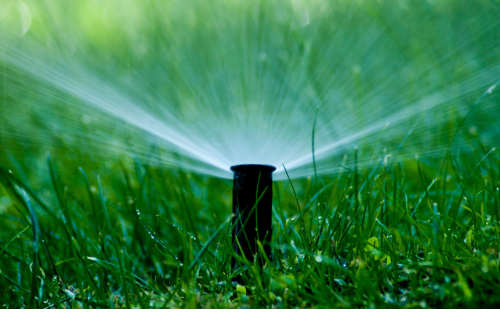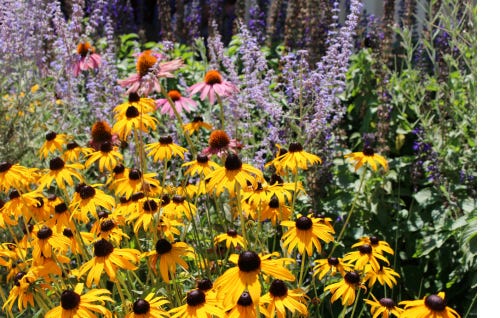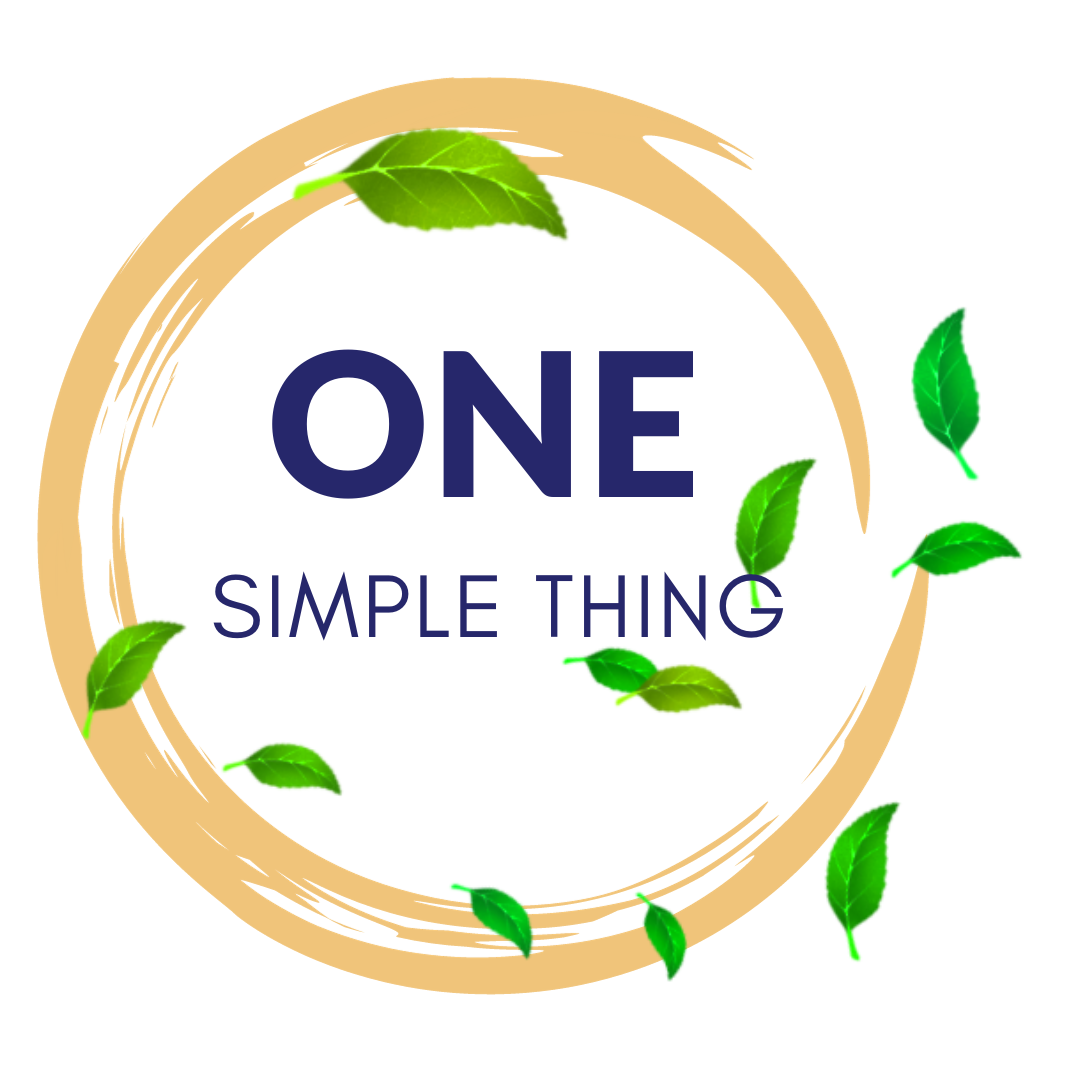Water less
Find better ways to maintain your landscape
This may seem like a strange suggestion in the middle of summer, but if you have a lawn, cut back on watering. Water is our single most precious resource, yet people in the United States alone use 9 billion gallons of water a day, one-third of which is used on our landscapes.1 Because most lawns are made up of cool-season grasses that grow shallow roots, most of that landscape water (up to 60% in some regions) is used to keep lawns green through the heat of summer. So what can you do to cut back?
Don’t set it and forget it
If you have a sprinkler system, it’s really easy to do this, but don’t! I can’t tell you how many times I’ve seen sprinklers going in the middle of—or right after—a soaking rain. If you water too often—or have a system that doesn’t pause when the soil is wet—all that water runs out onto the street and into the sewer. As much as 50% of the water we use outside never gets used by our plants, because it’s lost to runoff, evaporation, or wind.2
You definitely don’t need to water every day. You don’t even need to water every other day. Unless you have sandy soil (in which case, water twice a week), you can water just once a week. Deep, infrequent watering encourages plants to grow their roots deeper into the soil, which helps them survive better during dry spells.3
Watering has a carbon footprint too
In most places, the water we use on our landscapes is the same stuff that comes out of the kitchen sink. It’s clean and safe to drink, which means it’s gone through the water treatment system. That process uses energy. Global water utilities have the same greenhouse gas emissions as the entire shipping industry. Their carbon footprint is equal to 101 coal-fired power plants.4 Wasting water on your lawn wastes energy.
Find better alternatives—and let nature help
Ideally, your landscape should be full of plants that can tolerate natural levels of precipitation, so it doesn’t need watering at all—or only during times of true drought. If you’ve been thinking about replacing sections of lawn with native plantings, put nature to work for you by simply not watering those areas. If it’s really hot and dry, the grass will die off, making it much easier to convert to other plants. No harmful chemicals—and a (much) lower water bill to boot!
If you like One Simple Thing, please forward to a friend who might be interested in taking steps toward a healthier planet!
United States Environmental Protection Agency. Water Sense. Outdoor Water Use in the United States. https://19january2017snapshot.epa.gov/www3/watersense/pubs/outdoor.html
ibid
University of Minnesota. Water Wisely: Start in your own backyard. https://extension.umn.edu/how/water-wisely-start-your-own-backyard
World Economic Forum. How the water sector can lead the way to net-zero. March 22, 2022. https://www.weforum.org/agenda/2022/03/water-sector-net-zero-decarbonization/





We have never watered our lawn! We don't really have a lawn where we live now; just mowed areas to play catch in. We maintain a variety of habitats to suit the most wildlife. Lawns are mostly useless monocultures that people put too much poison and water into. Sigh.
I don’t think I’ve watered my flower garden at all this year, except for some of the new plants. I’ve got a lot of native flowers and other recommended plants that handle dry spells well.